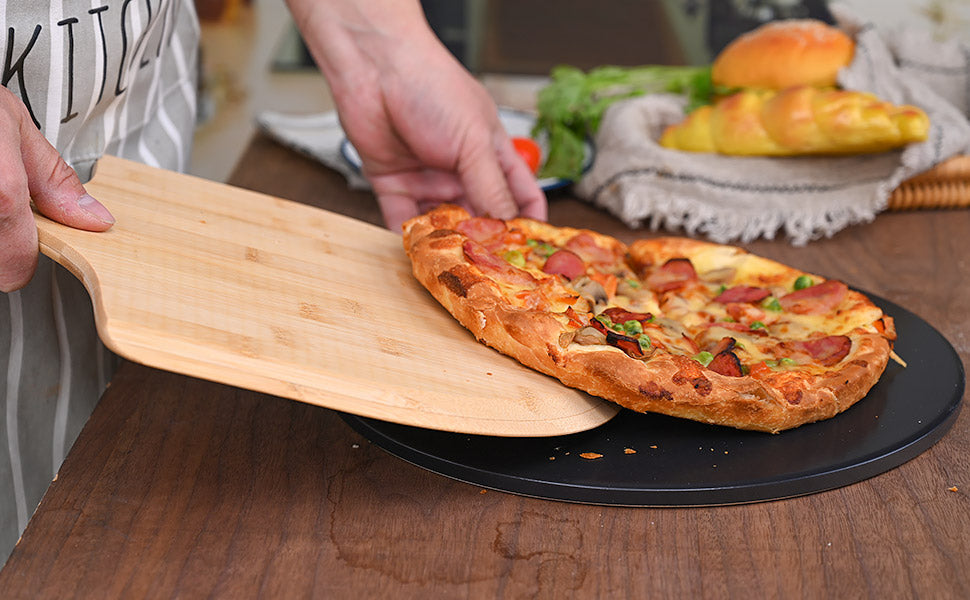In the culinary world, the tools you use can make a significant difference in the outcomes of your recipes. Using foil with baking stone is an approach often discussed but less frequently understood. Whether you're preheating the stone for a crusty pizza or looking to achieve that perfect bread texture, grasping the nuances of this technique can elevate your baking prowess.

Why Use Foil with a Baking Stone?
Those at the forefront of kitchen innovation, such as chefs and experienced home bakers, often face the question: why even use foil with baking stone? The simple answer lies in control. Foil adds a layer of protection, can help distribute heat more evenly, and ensures that your precious stones stay clean from any direct food contact, which is crucial when working with sticky doughs or ingredients prone to spilling over.
Notably, using foil provides versatility. Whether it's cooking with a cast iron on a glass stove or tackling something more niche like preparing dishes directly on the stone, this method offers adaptability.
Proper Technique: Getting Started
Preparing Your Stone
Begin by ensuring your baking stone is at the correct temperature. Preheating is vital. This step can't be overstated as a heated stone is what pictures that crispy texture for pizzas and bread. Generally, a thorough preheat of 30 minutes to an hour ensures optimal conditions.
Using Foil Effectively
Once your stone is ready, align it with a piece of foil, covering the top entirely. The smooth surface of the foil helps in transferring the dough or items without friction. Food tends to slide on foil much more efficiently than directly on a rough stone surface.
To delve deeper into the comparisons, you might find useful insights in our detailed post on baking stone vs. fire bricks, outlining the unique features of baking stones.
Enhancing Baking Using Foil
Utilizing foil with baking stone improves the baking process significantly, allowing professionals to avoid harsh direct contact that might burn delicate items. Delving into local and international cuisines, it's not uncommon to use foil to shield particular recipes from the fierce heat of the stone, controlling the amount of browning and crust formation as well.
Further exploration on how master bakers maintain their stones can be explored through our guide on keeping stones clean and crack-free, such as understanding proper pizza rack alignment.
Debating the Method's Merit
The application of foil remains a somewhat debated topic among cooking professionals. Some purists insist on direct stone contact for the ultimate crust, whereas others vouch for foils practicality. Notably, acclaimed chefs often select their technique based on the dish's end goals.
Enthusiasts looking to perfect this practice might benefit from resources like Home Cooking Tech's baking stone guide, which delves into professional baking stone strategies.

FAQs: Common Questions on Using Foil with Baking Stone
Is using foil necessary for all baking?
While not always required, it's recommended when working with recipes that could potentially adhere or when wanting to maintain the stone's pristine condition.
Does foil impact cooking time?
It might lead to slight extensions in cooking times, but it ensures even heat distribution, minimizing risks associated with burns or undercooked portions.
Can using foil affect the taste?
The main benefit of foil is its neutrality. It doesn't transfer any flavors to the dish, allowing the recipe to speak for itself.
This article contains affiliate links. We may earn a commission at no extra cost to you.





Leave a comment
This site is protected by hCaptcha and the hCaptcha Privacy Policy and Terms of Service apply.